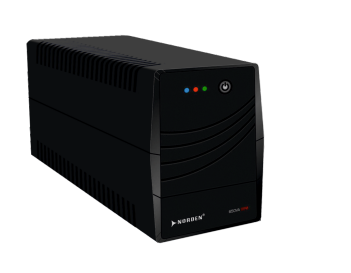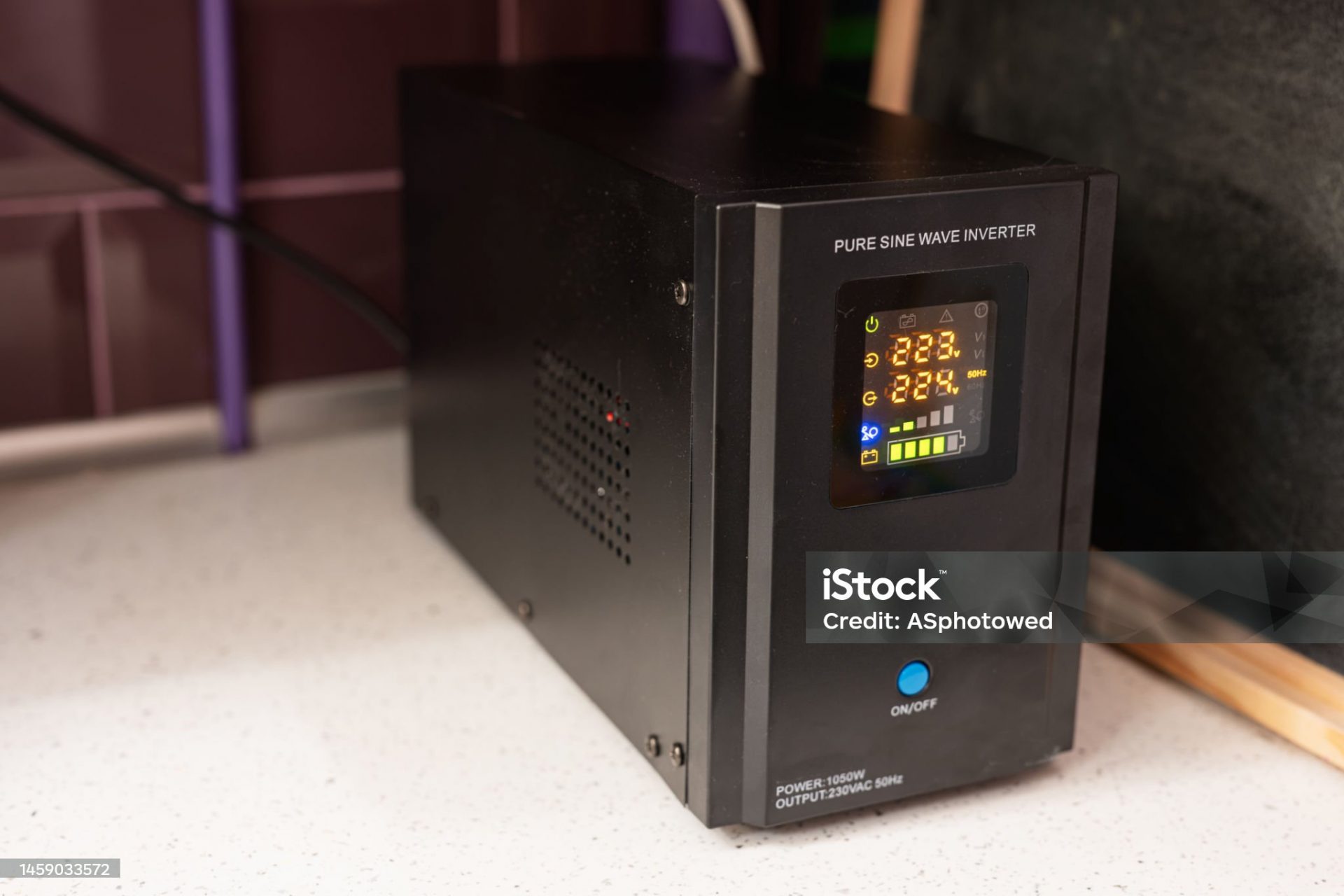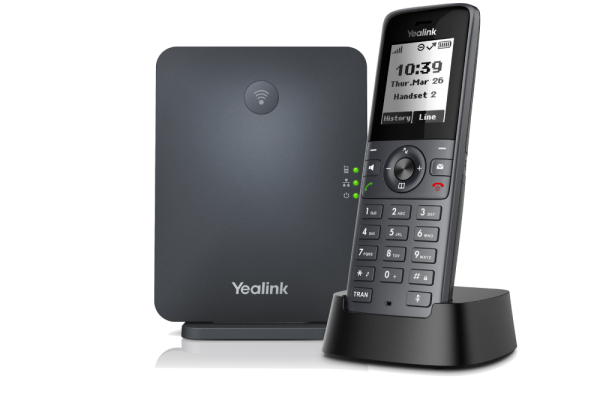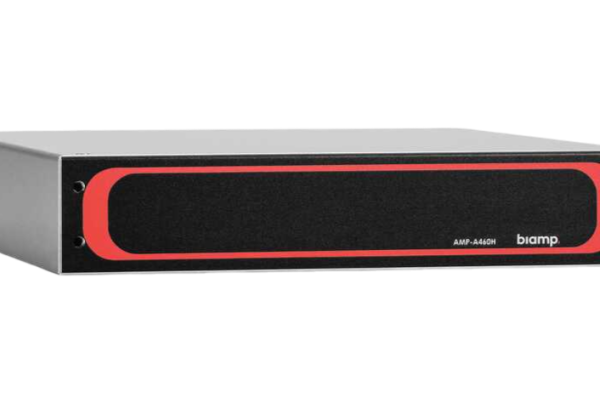Introduction
Have you ever been in the middle of important work when your UPS (Uninterruptible Power Supply) failed after just a few minutes? It’s frustrating and raises a cascade of questions: Why does my UPS only last 10 minutes? How long is a UPS supposed to last? If you’ve been scratching your head over these issues, this article will help unravel the mystery. Let’s explore the common reasons behind short UPS backup times, solutions to fix them, and tips to extend your UPS battery life.
Table of Contents
- Introduction
- Why Does My UPS Only Last 10 Minutes?
- How Long Should a UPS Battery Last?
- Common UPS Problems and Solutions
- Why Does My UPS Keep Turning Off After 5 Minutes?
- The Role of Battery Maintenance in UPS Performance
- How to Test UPS Battery Life?
- When to Replace Your UPS Battery?
- Why Is My UPS Not Switching to Battery Mode?
- Conclusion
- FAQs
Why Does My UPS Only Last 10 Minutes?
Your UPS’s runtime depends on multiple factors. Here are the probable causes why your ups lasts only 10 minutes:
- Battery Age: UPS batteries degrade over time. A three-year-old battery might struggle to hold a charge.
- Load Size: If your UPS is powering more devices than it’s rated for, the runtime will be shorter.
- Faulty Battery Cells: Damaged cells can’t store energy efficiently, reducing backup duration.
- Inadequate Charging: Frequent power outages or unstable voltage can prevent the battery from charging fully.
Imagine your UPS battery as a bucket of water. Over time, leaks (degradation) or a bigger hole (higher load) cause the water to drain faster. Similarly, your UPS battery can only give what it stores.

How Long Should a UPS Battery Last?
A UPS battery typically lasts 3–5 years, but this depends on:
- Usage Frequency: Frequent discharges reduce lifespan.
- Environmental Conditions: Heat is a battery’s enemy. Ideally, UPS units should be stored in cool, dry spaces.
- Battery Quality: Premium batteries last longer but cost more.
Pro tip: Check the manufacturer’s specifications for your UPS to understand its expected battery life. Using a UPS battery life calculator can also provide a more tailored estimate.
Common UPS Problems and Solutions
Let’s address some widespread issues that might hinder your UPS performance:
Problem: UPS Not Working After Power Cut
Cause: Battery failure or improper settings.
Solution: Test the battery and configure the UPS settings as per the manual.
Problem: UPS Not Working on Mains
Cause: Faulty circuit or power source.
Solution: Verify your wall socket is functional and test the UPS input wiring.
Problem: No Output Voltage
Cause: Internal fault in the UPS or dead battery.
Solution: Contact customer support for internal diagnostics.
Why Does My UPS Keep Turning Off After 5 Minutes?
If your UPS powers off too soon, it might be due to:
- Overloading: The UPS can’t handle the connected devices’ power demands.
- Low Battery Health: A worn-out battery will deplete rapidly.
- Overheating: Excessive heat forces the UPS to shut down as a safety measure.
Fix it: Reduce the number of devices plugged in and check for physical damage or corrosion on the battery terminals.
The Role of Battery Maintenance in UPS Performance
Did you know routine maintenance can prevent most UPS issues? Here’s what you can do:
- Check Battery Terminals: Look for corrosion or loose connections.
- Inspect for Swelling: Bulging batteries are a sign they need replacing.
- Regular Testing: Run a battery life test every 6–12 months to ensure peak performance.
Think of maintenance as a health checkup for your UPS. Catching small issues early can save you from major headaches down the road.
How to Test UPS Battery Life?
Testing your UPS battery is easy and crucial. Follow these steps:
- Simulate a Power Cut: Disconnect your UPS from the wall socket and check how long it supports your devices.
- Monitor Runtime: Compare the runtime to the manufacturer’s stated duration.
- Use Diagnostic Tools: Some UPS models, like APC or CyberPower, offer built-in diagnostics.
A short runtime during testing indicates that it’s time for a replacement or servicing.
When to Replace Your UPS Battery?
Signs that your UPS battery needs replacing include:
- Inconsistent Performance: Battery backup duration fluctuates.
- Frequent Alarms: Beeping signals low battery health.
- Physical Damage: Swelling, cracks, or leaks are clear indicators.
Replacing the battery is often more cost-effective than buying a new UPS. Always opt for trusted brands and check the UPS battery price to make an informed choice.
Why Is My UPS Not Switching to Battery Mode?
A UPS failing to switch to battery mode during power outages is a critical problem. Likely reasons include:
- Faulty Relay Switch: Prevents the UPS from transitioning to backup power.
- Calibration Issues: Modern UPS systems need regular recalibration.
- Internal Damage: Circuitry or software errors can disrupt functionality.
For example, APC UPS models may face such issues if firmware updates are delayed. To resolve this, update the firmware or consult the user manual for troubleshooting steps.
Conclusion
A UPS is a lifeline during power outages, but it’s only as good as its maintenance and battery health. If you are wondering why your UPS lasts just 10 minutes or fails to work as expected, it’s often a sign of deeper issues like aging batteries, overloading, or lack of upkeep. By understanding the causes and taking proactive measures, you can maximize your UPS’s efficiency and longevity.
FAQs
How do I know if my UPS battery needs replacing?
Check for reduced backup time, frequent alarms, or visible damage like swelling or leaks. Regular testing also helps identify failing batteries.
Why is my UPS battery dying so fast?
Frequent use, overloading, and poor maintenance can lead to faster battery degradation. High temperatures can also shorten battery life.
How long does a UPS battery last without power?
The duration depends on the load and battery capacity. On average, a UPS can last 5–30 minutes, enough for safe shutdowns.
Why does my UPS switch off when the power goes out but works when unplugged?
This issue often stems from faulty relay switches, calibration errors, or failing batteries. Test and recalibrate the UPS to fix this.
What’s the best way to extend UPS battery life?
Maintain an optimal load, store the UPS in a cool environment, and perform regular testing and maintenance.





